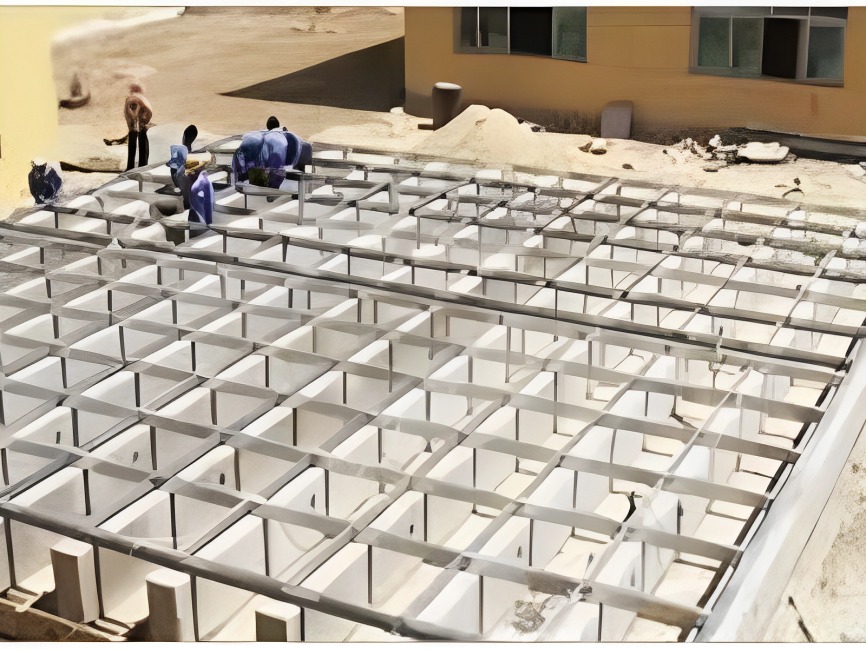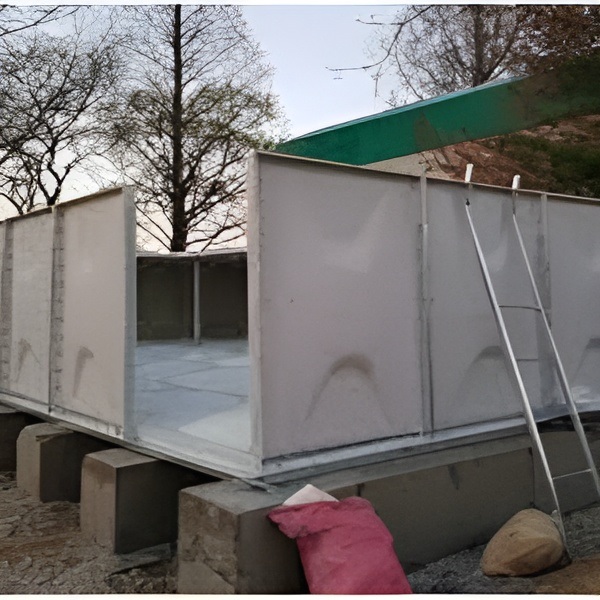Description
Learn the key steps to properly install a glassfiber reinforced plastic (GRP) panel tank. Covers excavation, assembling tank panels with seals, lowering into place, gravel backfilling, leak testing, connecting pipes, and commissioning the tank system. Useful for understanding correct field installation procedures for GRP sectional water tanks or wastewater tanks. Ensure your new GRP storage tank is installed safely and ready for service.
Here is an overview of the key steps involved in installing a GRP (glassfiber reinforced plastic) panel tank:
Preparation
– Survey and mark out the location for the tank, ensuring the ground is level and stable.
– Excavate an area slightly larger than the base of the tank. Depth should account for 6-12 inches of gravel bedding beneath tank.
– Add and compact gravel base where tank will sit. This should be a minimum of 6 inches thick.
Tank Assembly
– Bolt panel sections of tank together per manufacturer instructions. Apply sealant between panels.
– Install inlet and outlet nozzles, access manholes, vents, and other fittings as needed. Seal all joints.
– For below-ground tanks, apply waterproof sealant to exterior surfaces.
Installation
– Lower assembled tank into excavated area, using straps/slings attached to lifting lugs.
– Check tank is level side-to-side and end-to-end. Add/remove gravel as needed to achieve level.
– Fill tank 10% full with water to weigh it down.
– Backfill halfway up sidewalls with gravel. Tamp down to stabilize tank.
– Backfill remainder of area around tank, tamping in layers. Leave access manholes exposed.
Testing & Commissioning
– Visually inspect all joints and seals for leakage with tank full.
– Connect pipework to inlet/outlet nozzles. Test pipe joints for leaks during initial fill.
– Commission and test downstream treatment equipment/processes as applicable.
Follow all local regulations for tank installation and site/personnel safety. Tanks may require structural certification if size exceeds certain thresholds.


